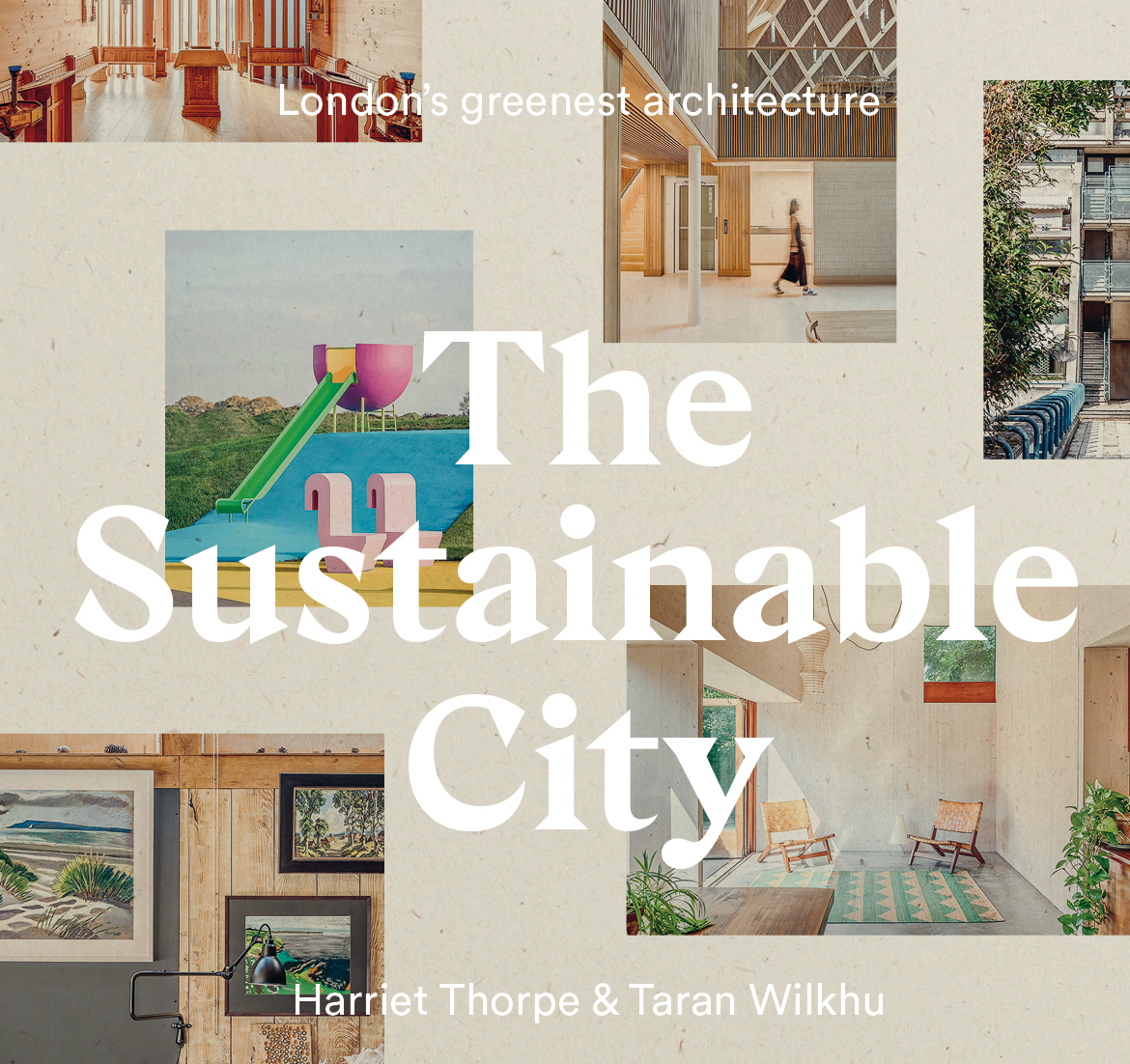Post
BOOK REVIEW | The Sustainable City
21 Oct 2022
Reviewed by Rob Fiehn, Society Trustee
By Harriet Thorpe and Taran Wilkhu. Published by Hoxton Mini Press
The sumptuous new book, The Sustainable City by Harriet Thorpe and Taran Wilkhu, celebrates London’s greenest Architecture. It is a fantastically accessible story of how we can make our cities healthier, happier and more environmentally friendly. The focus on London is particularly useful for a Society review but many of the ideas contained within this volume could be applied internationally. It’s heartening to read that the capital is not just a smoke-filled, concrete jungle but that instead there are a whole host of reasons to appreciate our green credentials. Be warned though, there is still a long way to go to make London carbon neutral. Thankfully, this publication from Hoxton Mini Press acts as a bit of a guidebook for the uninitiated.
When you work in the built environment sector, there is a lot of discussion about Passivhaus building techniques, natural materials and decarbonization. It is easy to forget that this is not a normal conversation for many people who live and work in our metropolis. Harriet Thorpe does a great job of breaking down the main principles of how to make cities more sustainable, which include going beyond carbon neutral, building with timber, using what’s already there, making buildings self-sufficient, making the city actually greener and creating places people care about. This last point stuck with me because it’s clear that the main lesson from the book is that we should love the buildings and spaces around us. This sentiment runs the risk of a stereotypically hippy attitude but maybe that’s not something to be ashamed of.
Taran Wilkhu’s photos are warm and compassionate. Colour, light and materials all combine to create a rich tapestry of case studies that fill the main bulk of the book. The buildings and landscapes are accompanied by portraits of the people responsible for them, which is actually incredibly rare for architecture books. This simple gesture does a lot to humanize projects, with interviews and quotes included in each essay help to elevate each individual story. There are many examples of different projects, ranging from large housing schemes and a retrofit hotel, down to extensions and playgrounds. The scope of the work that has gone into this book is overwhelming and I appreciate the consistency of the writer/photographer team.
Whether you’re a designer looking for more inspiration or a complete novice trying to understand the challenges of the built environment, this book presents a wonderful overview of projects across the whole of London. I will use it as both a reference tool and something to make me smile.



